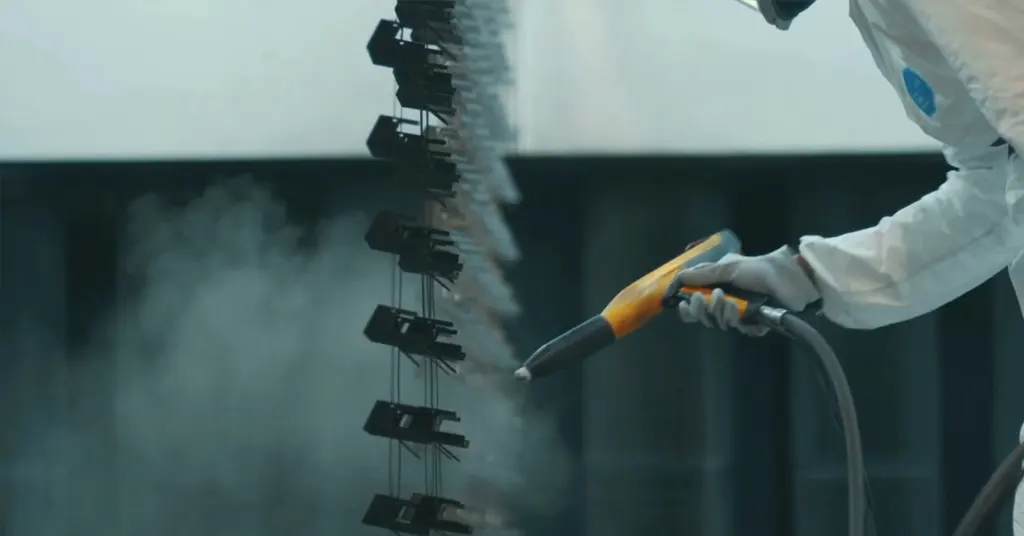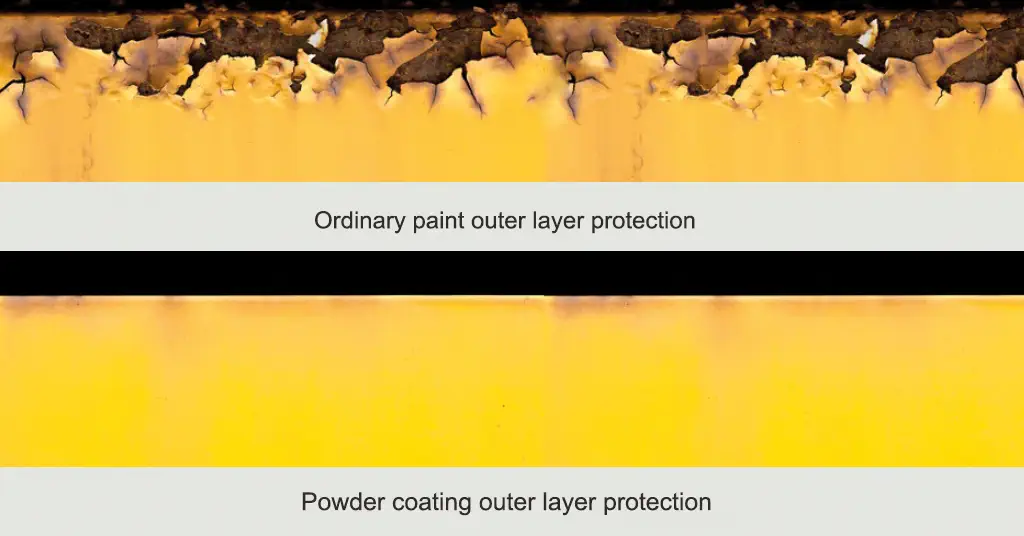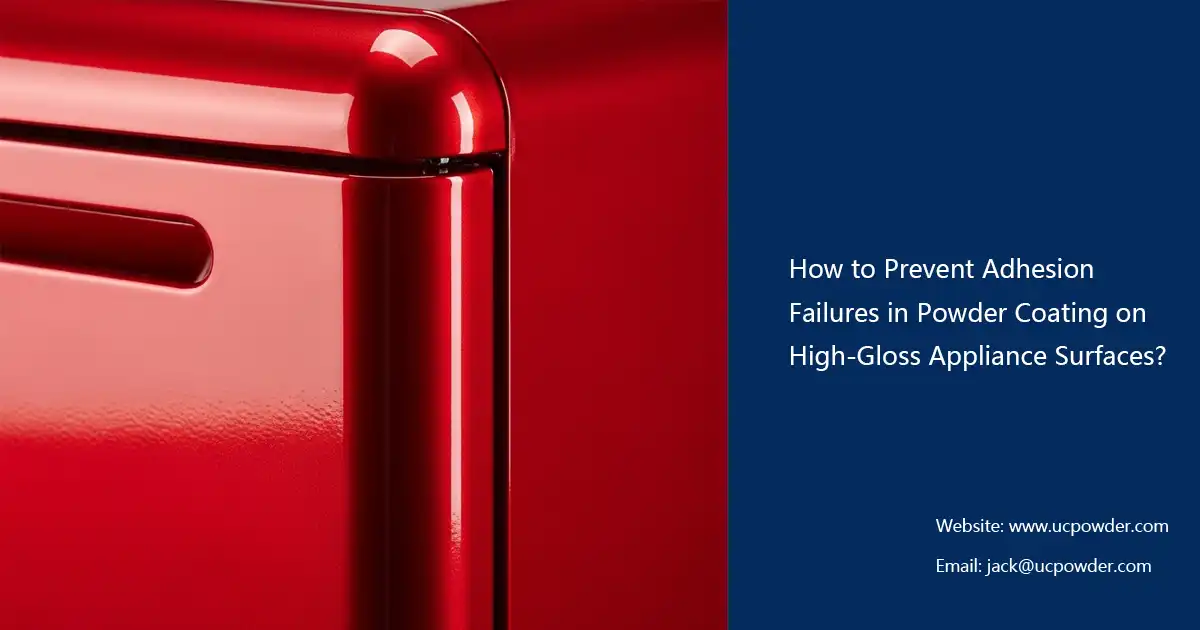Surface Preparation for Polyester Powder Coating
Table of Contents
In the realm of polyester powder coating, the key to achieving a flawless finish lies in meticulous surface preparation. As experts in this field, we understand that the success of your coating project hinges on a well-prepared substrate. In this comprehensive guide, we will walk you through the essential techniques and strategies that ensure your surface is primed for perfection. From cleaning and sanding to proper substrate evaluation, our insights will empower you to create a lasting. Let’s dive into the world of surface preparation for polyester powder coating and unlock the secrets to a job well done.
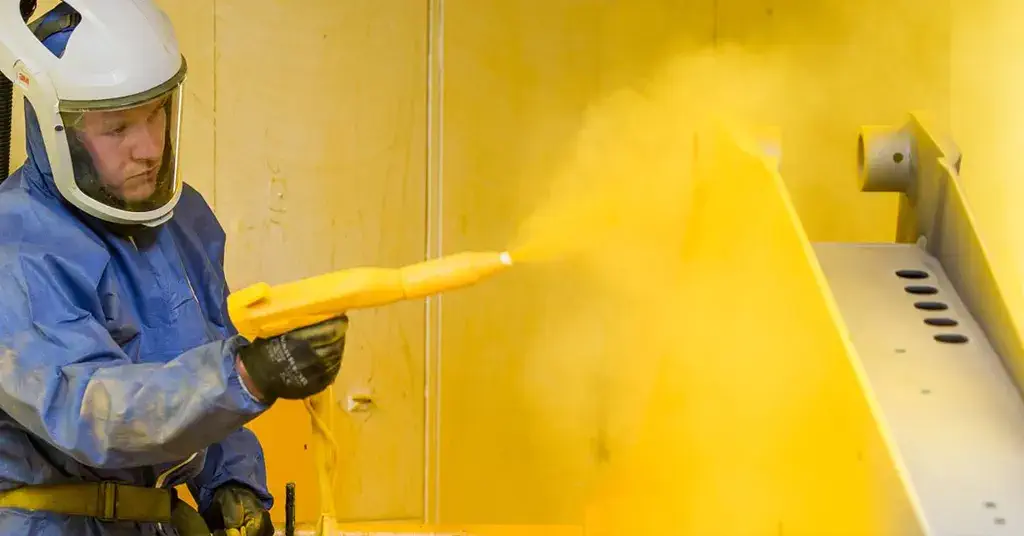
1. Surface Inspection and Assessment
When it comes to achieving impeccable results in polyester powder coating, thorough surface inspection and assessment are the cornerstones of success. This step ensures that you’re working with a suitable substrate, free from any imperfections that might compromise the quality of your coating.
a. Visual Inspection
Visual inspection is the first critical aspect of the assessment process. A keen eye for detail is essential. Examine the surface for any visible defects, irregularities, or damage. Look out for imperfections such as scratches, dents, corrosion, or uneven texture. These visual cues will help you determine the necessary corrective actions and the overall condition of the substrate.
b. Measuring Surface Profile
Measuring the surface profile is equally important. This step involves determining the roughness or smoothness of the surface. The chosen measurement method, typically employing equipment like profilometers or roughness gauges, helps ensure that the substrate meets the required surface profile standards. A precise profile is crucial for the adhesion and durability of the powder coating.
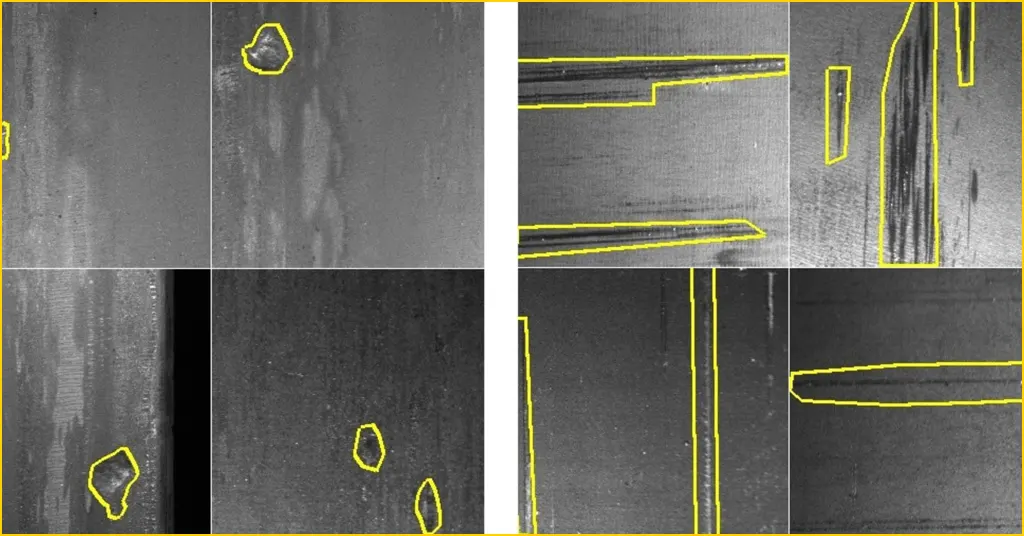
c. Substrate Material Evaluation
The nature of the substrate plays a pivotal role in the success of your coating project. Different materials, such as metal, wood, or plastic, require specific preparation techniques. Assess the substrate’s material type and its characteristics, including hardness, density, and porosity. Understanding the substrate’s properties will guide your choice of coating materials and application methods.
d. Identifying Existing Coatings or Contaminants
Identifying any existing coatings or contaminants is paramount. These substances can hinder adhesion and compromise the coating’s longevity. Use appropriate testing methods to determine the presence of previous coatings or contaminants like grease, oil, rust, or chemicals. Proper removal or treatment of these issues is essential for a clean, solid foundation for your powder coating
2. Cleaning and Degreasing
In the field of polyester powder coating curing, ensuring that the surface of the workpiece to be sprayed is clean and free of grease is a crucial step that cannot be ignored. Failure to thoroughly clean and degrease the substrate can lead to adhesion issues, imperfections, and ultimately, a compromised finish. Let’s delve into the essential aspects of this crucial preparation stage.
a. Removal of Dirt, Grease, and Oils
Effective cleaning and degreasing begin with the removal of dirt, grease, and oils from the substrate. These contaminants can be invisible to the naked eye but are detrimental to the adhesion and quality of the powder coating. Dust and dirt particles can create a barrier that prevents the powder from bonding properly, while grease and oils can lead to coating defects. Thoroughly clean and degrease the surface to eliminate these hindrances.
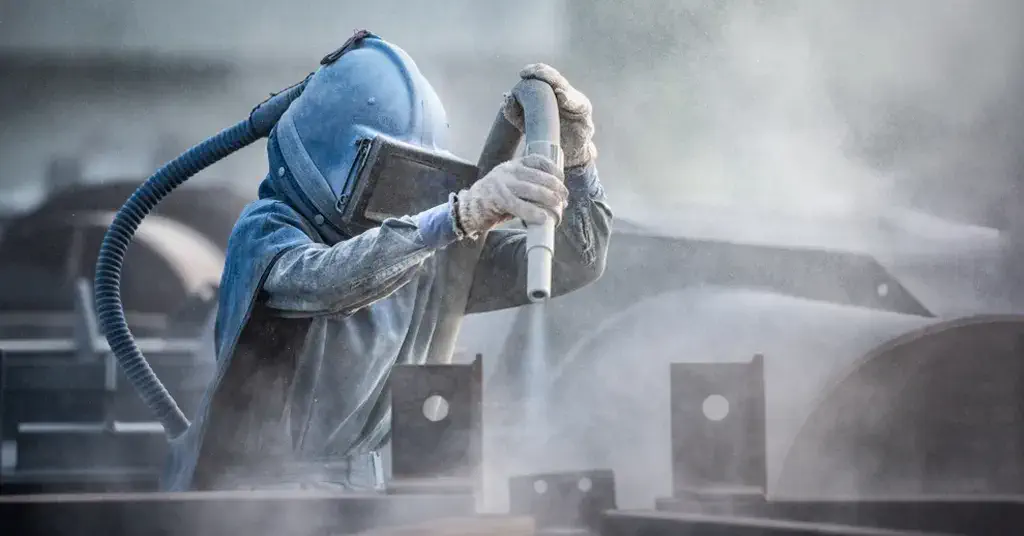
b. Methods: Solvent Cleaning, Alkaline Cleaning, and Degreasing Agents
Several methods are available for cleaning and degreasing, each tailored to specific needs. Solvent cleaning involves using solvents like acetone or mineral spirits to dissolve and remove contaminants. Alkaline cleaning utilizes alkaline solutions to break down and lift away grease and oils. Additionally, specialized degreasing agents are designed to target and remove contaminants effectively. The choice of method depends on the substrate material and the type of contaminants present.
c. Achieving a Clean and Dry Surface
The ultimate goal of the cleaning and degreasing process is to achieve a clean and dry surface. Any remaining moisture or contaminants can jeopardize the powder coating’s integrity. After cleaning, it’s crucial to thoroughly rinse and dry the substrate. This step ensures that no residue remains, leaving a pristine surface ready for the application of the powder coating.
3. Mechanical Surface Preparation
Mechanical surface preparation methods are vital in achieving the desired surface condition for polyester powder coating. In this section, we’ll explore two prominent techniques, abrasive blasting (sandblasting) and phosphating, both of which play crucial roles in ensuring a successful coating application.
a. Abrasive Blasting (Sandblasting)
How Abrasive Blasting Works
Abrasive blasting, often referred to as sandblasting, is a mechanical process that involves propelling abrasive media at high velocities onto the substrate’s surface. This method effectively removes surface contaminants, old coatings, rust, and mill scale, leaving a clean and roughened surface. The abrasive particles impact the substrate, dislodging unwanted materials and creating a profile that enhances the adhesion of the powder coating.
Surface Roughness and Profiling
One of the key benefits of abrasive blasting is the ability to control surface roughness and profiling. Different types and sizes of abrasive media, as well as varying blasting pressures, allow for customization. Achieving the appropriate surface roughness is critical for the powder coating to adhere securely. The selected profile depth should align with the coating system’s requirements for optimum performance.
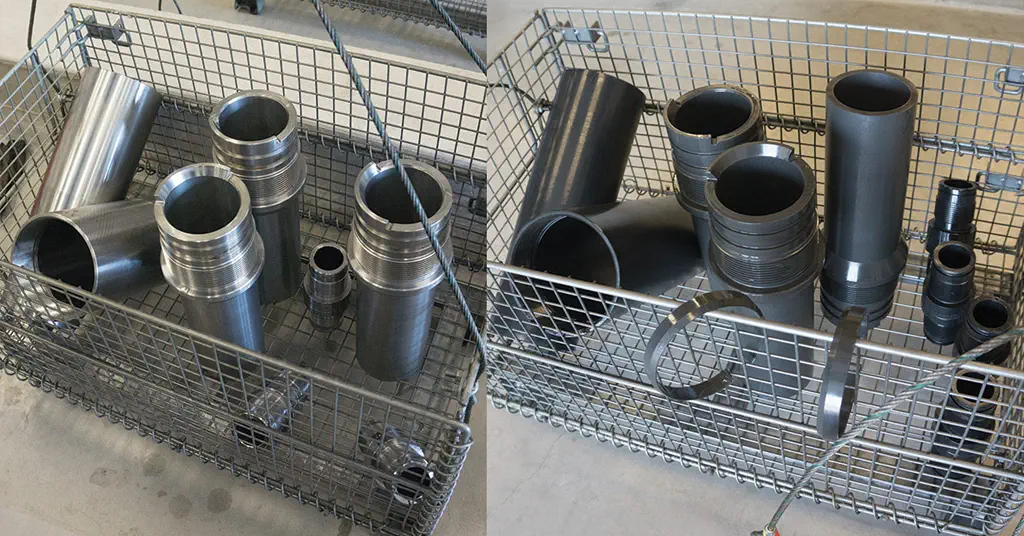
Conversion Coating Process
Phosphating is a chemical conversion coating process that prepares the substrate for powder coating. It involves the application of a phosphate solution, which chemically reacts with the metal substrate, forming a layer of metal phosphate. This layer enhances adhesion and corrosion resistance by creating a suitable surface for the powder coating to bond to.
Enhancing Adhesion and Corrosion Resistance
Phosphating is particularly effective in enhancing adhesion and corrosion resistance. The phosphate layer not only promotes a strong bond between the substrate and the powder coating but also acts as a barrier against corrosion. It serves as an additional protective measure, ensuring the longevity of the coated surface in various environmental conditions.
4. Chemical Surface Treatment
Chemical surface treatment is a crucial step in the world of polyester powder coating. It plays a pivotal role in ensuring that the substrate is adequately prepared to receive the powder coating. In this section, we’ll explore the key components of chemical surface treatment, including conversion coatings, pretreatment for aluminum and galvanized steel, and the use of chemical cleaners and etchants.
a. Conversion Coatings
Conversion coatings are a type of chemical treatment that alters the surface of metals like steel and aluminum. This process involves the formation of a thin, tightly adhering layer on the metal’s surface. Conversion coatings are particularly valuable for enhancing adhesion, corrosion resistance, and paint bond. They can include phosphating, chromating, and various other proprietary formulations that provide an ideal surface for powder coating.
b. Pretreatment for Aluminum and Galvanized Steel
Aluminum and galvanized steel present unique challenges in surface preparation due to their inherent properties. Pretreatment processes tailored to these materials are essential. For aluminum, the use of chromate conversion coatings or zirconium-based solutions is common to promote adhesion and protect against corrosion. Galvanized steel, on the other hand, requires specific pretreatments to address its zinc coating and create a receptive surface for powder coating.
c. Chemical Cleaners and Etchants
Chemical cleaners and etchants are invaluable tools for the removal of contaminants and the preparation of the substrate. Cleaners are used to remove dirt, grease, and other organic materials, ensuring a clean surface. Etchants, meanwhile, are employed to remove oxides and scale, promoting a clean, receptive surface for the powder coating. The choice of cleaner or etchant depends on the nature of the substrate and the specific contaminants present.
In summary, the successful application of polyester powder coatings relies on meticulous surface treatment techniques, and we have explored various aspects of this critical stage. Mechanical methods, such as sandblasting and chemical treatment, such as conversion coatings and customized pre-treatment, play a crucial role in ensuring substrate cleanliness, acceptability, and appropriate shaping. By focusing on visual inspection, surface roughness and material evaluation, as well as the removal of pollutants such as dirt, grease, and oil, your project will embark on the path of high-quality and long-lasting powder coatings. Chemical cleaners and etchants supplement this process by removing impurities and treating the surface. These steps together laid the foundation for the successful application of powder coatings, improving adhesion, corrosion resistance, and overall coating performance.
Have Anything To Ask Us?

